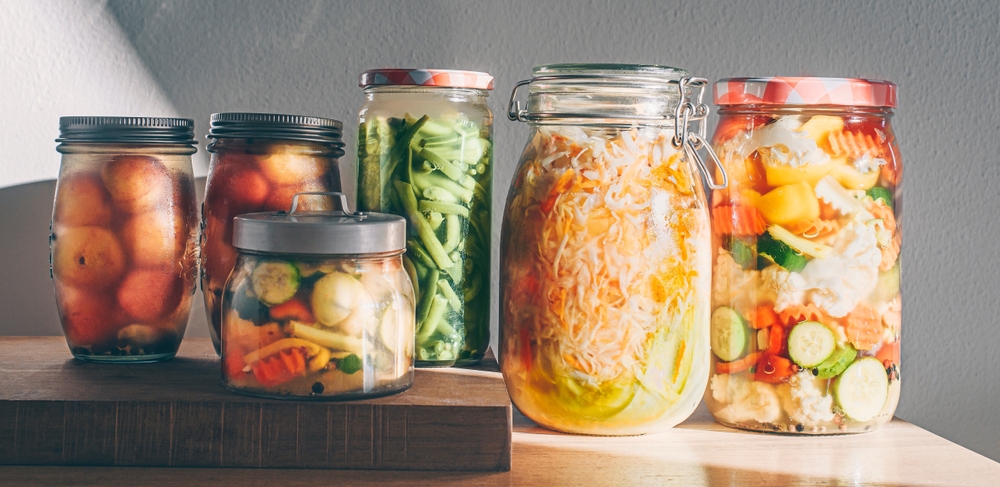Pairing principles for balanced meals and beverages
Pairing meals and beverages relies on clear principles: balance of flavors, complementary textures, ingredient seasonality and mindful sourcing. Whether you are cooking at home, refining recipes for a cuisine night or exploring streetfood and plantbased options, these guidelines help you create cohesive plates and drink matches that respect preservation, fermentation and sustainability.

Pairing meals with beverages starts with a simple goal: create harmony on the plate and in the glass. That means considering flavor intensity, texture, acidity and how ingredients were sourced or preserved. Good pairings protect delicate notes, highlight contrasts that refresh the palate, and reflect seasonality and sustainability concerns. From homecooking to streetfood stalls, understanding a few core principles makes it easier to adapt recipes and cuisines across diets, including plantbased approaches.
What is pairing in cuisine?
Pairing in cuisine is the intentional arrangement of ingredients and dishes so their combined flavors and textures enhance each other. It goes beyond matching similar tastes: a balanced pairing often uses contrast (acid against fat, crisp against creamy) or resonance (shared aromatics or regional spices) to make each bite and sip more satisfying. Consider how preservation techniques like pickling or fermentation introduce acidity and umami that can bridge rich components with refreshing beverages.
How do flavors guide recipes?
Flavors—sweet, sour, salty, bitter and umami—are the backbone of recipes and determine the best companions on a plate. Start by listing dominant flavor notes in a dish, then choose supporting ingredients or condiments that either mirror those notes or provide a counterpoint. For example, citrus or vinegar can cut through fatty textures, while a touch of salt enhances both sweetness and umami. When planning multi-course menus or streetfood-style plates, aim for progression: bold flavors first, then subtler courses that showcase seasonal ingredients.
How to pair beverages with meals?
Beverage pairing should consider body, acidity, sweetness and carbonation. Light, high-acid drinks refresh and lift fatty or fried dishes; fuller-bodied options stand up to rich, umami-forward plates. For plantbased meals, beverages that provide acidity or tannin can add structure often missing from oil-based sauces. Non-alcoholic beverages—fermented kombuchas, tart shrub sodas or herbal infusions—offer acidity and complexity that work well with many recipes. Remember texture: a sparkling beverage cleanses the palate, while creamy drinks can amplify richness.
How does seasonality affect sourcing?
Seasonality influences flavor intensity, cost and sustainability of ingredients. Sourcing produce in season usually yields better taste and supports local growers, reducing transport-related environmental impact. Seasonal thinking also informs pairing: lighter, herb-forward combinations suit warm months; in cooler seasons, preserved and fermented ingredients add depth and pair well with heartier beverages. Planning menus around what’s available locally helps maintain freshness and aligns with zerowaste goals through mindful purchasing.
How does sustainability and zerowaste influence ingredients?
Sustainability and zerowaste practices reshape pairing decisions by prioritizing whole-ingredient use and low-impact sourcing. Use trims for stocks and sauces, ferment excess produce to extend shelf life, and choose locally sourced proteins or plantbased alternatives to lower food miles. These choices affect flavor: stocks add savory backbone, fermented condiments provide acidity and complexity, and root-forward dishes pair well with fuller-bodied beverages. Integrating preservation techniques into recipes reduces waste and unlocks new pairing options.
How do fermentation and preservation fit pairing?
Fermentation and preservation introduce concentrated flavors—lactic tang, umami, saltiness—that can both contrast and harmonize with fresh elements. Fermented vegetables, miso, cured items and preserved fruits intensify recipes and often require beverages with balancing acidity or cleansing effervescence. In homecooking, keeping a repertoire of preserved condiments (pickles, chutneys, preserved lemons) makes it easier to lift simple dishes and create consistent flavor bridges between food and drink.
Conclusion Effective pairing is a blend of practical rules and sensory judgment: balance intensity, match or contrast textures, respect seasonality and consider sustainability from sourcing to preservation. Applying these principles helps you design cohesive meals and beverage matches across cuisines, whether you’re refining recipes at home or exploring streetfood flavors. With practice, pairing becomes a flexible skill that improves ingredient use, reduces waste and elevates the overall dining experience.





